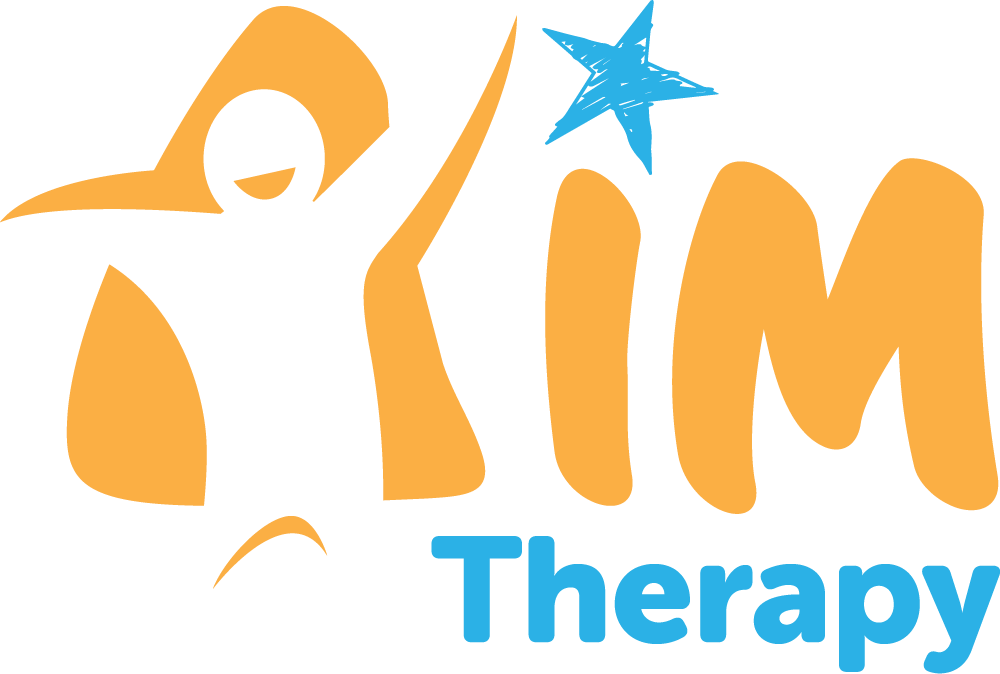How Do I Know if My Child Needs Speech Therapy?
Many parents ask the question “How do I know if my child needs Speech Therapy?”. This question is common for a lot of parents, especially those who are new parents. Thoughts such as “Why isn’t my one-year old babbling yet?” or “Why is my child not able to follow simple instructions?” can cause concern. As a parent you want to make sure your child is on the right track and it can become stressful when you aren’t sure if those milestones are being reached.
Speech Pathologists have many different areas of expertise including articulation/speech production, stuttering, social skills, voice, literacy and overall language development including listening, vocabulary and following directions.
There are a few communication milestones that you can look out for as a parent – you can download them right here!
Here is a summary to help from the Speech Pathology Australia guidelines:
At 12 months your child should using gestures such as waving, clapping and pointing. They should be babbling and imitating noises as well as be able to understand around 10 words. Your child should also be able to respond to their name being called, recognise hello’s and goodbye’s and recognise familiar people.
At 18 months your child should be able to say 6-10 words with their speech becoming easier to understand. They should also be able to understand up to 50 words, follow simple instructions and point to objects and pictures in books when named.
At 2 years they should be saying more than 50 words and should be starting to combine those words into 2-3 word phrases e.g. “hungry mummy”. They should also be able to follow two-part instructions e.g. “get your hat and bottle” and be able to respond appropriately to ‘what’ and ‘where’ questions.
At 3 years they should be producing 4-5 word sentences and should be asking more questions. They should also be able to talk about events that have happened in the past and follow more complex instructions. Recognising colours and understanding that some things are the same and others are different are skills that should also be developed.
At 4 years they should be making longer sentences to describe events, be able to count to 5 and name a few colours. They should also be asking a lot more questions and should be able to understand ‘why’ questions.
At 5 years they should have well-developed sentence structure, take turns in conversations and have developed most speech sounds. They can also follow three-part instructions, understand time-related words such as ‘before’ or ‘after’ as well as recognise most letters and numbers.
If your child has difficulty producing a variety of speech sounds, has short sentences, difficulty naming objects or actions or struggles to follow instructions, then a Speech Pathology assessment could determine if your child requires professional support to meet those milestones!
References:
The Communication Trust. (n.d.). Universally speaking: The ages and stages of children’s communication development from birth to 5 years. Retrieved 2017 from www.
Paul, R., and Norbury, C. F. (2012). Language disorders from infancy through adolescence (4th Ed). St. Louis, US: Elsevier Mosby.
McLeod, S., & Crowe, K. (2018). Children’s consonant acquisition in 27 languages: A cross-linguistic review. American Journal of Speech-Language Pathology, 27, 1546–1571. doi:10.1044/2018_AJSLP-17-0100
Communication Milestones. (n.d). Retrieved February 26, 2020, from the Speech Pathology Australia Website: https://www.

